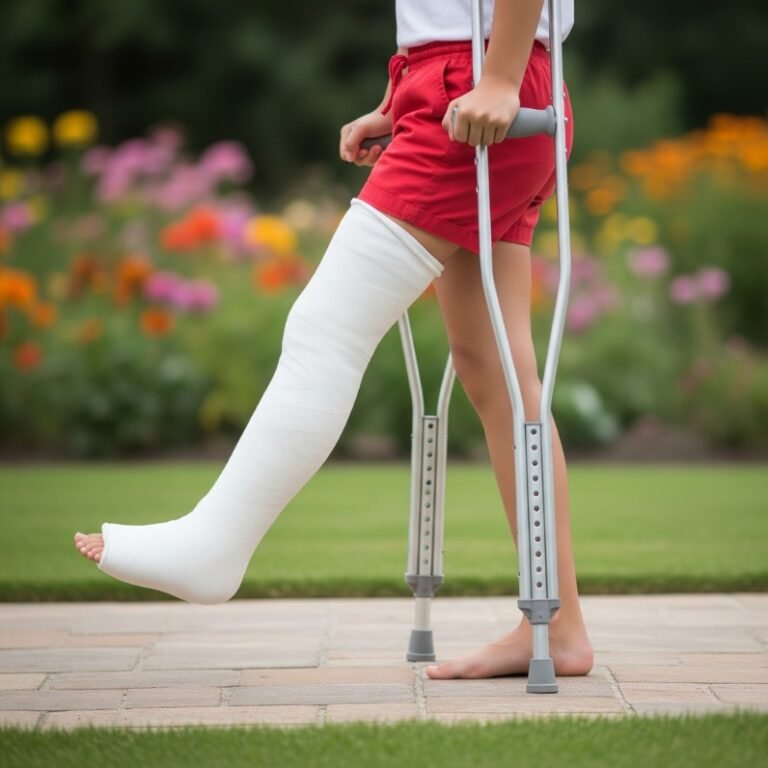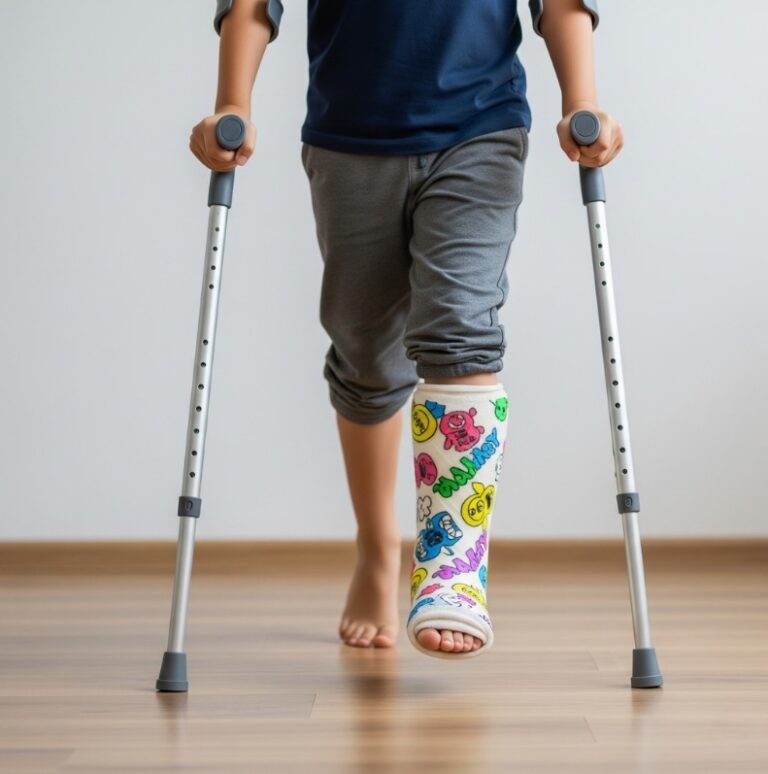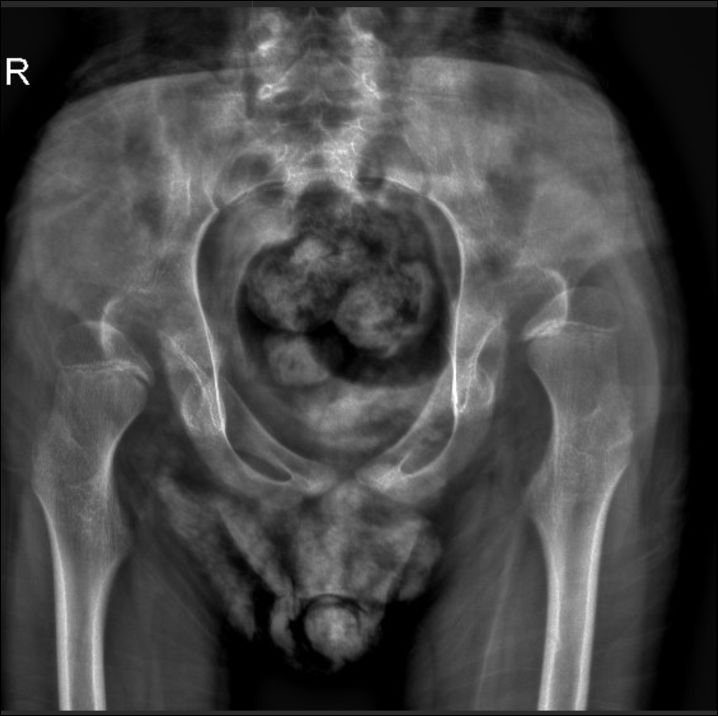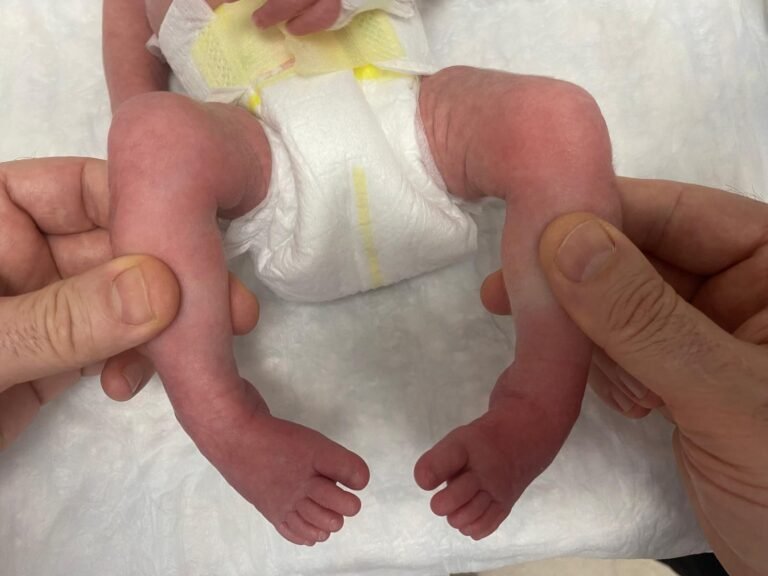Tibia-Fibula Fractures in Children
Tibia-Fibula Fractures in Children: Symptoms, Treatment Methods, and Recovery Process Contents What are the tibia and fibula in children? What causes tibia-fibula fractures in children? What are the symptoms of tibia-fibula fractures in children? Diagnosis and Imaging Methods for Tibia and Fibula Fractures in Children Treatment Methods for Tibia and Fibula Fractures in Children Recovery…









